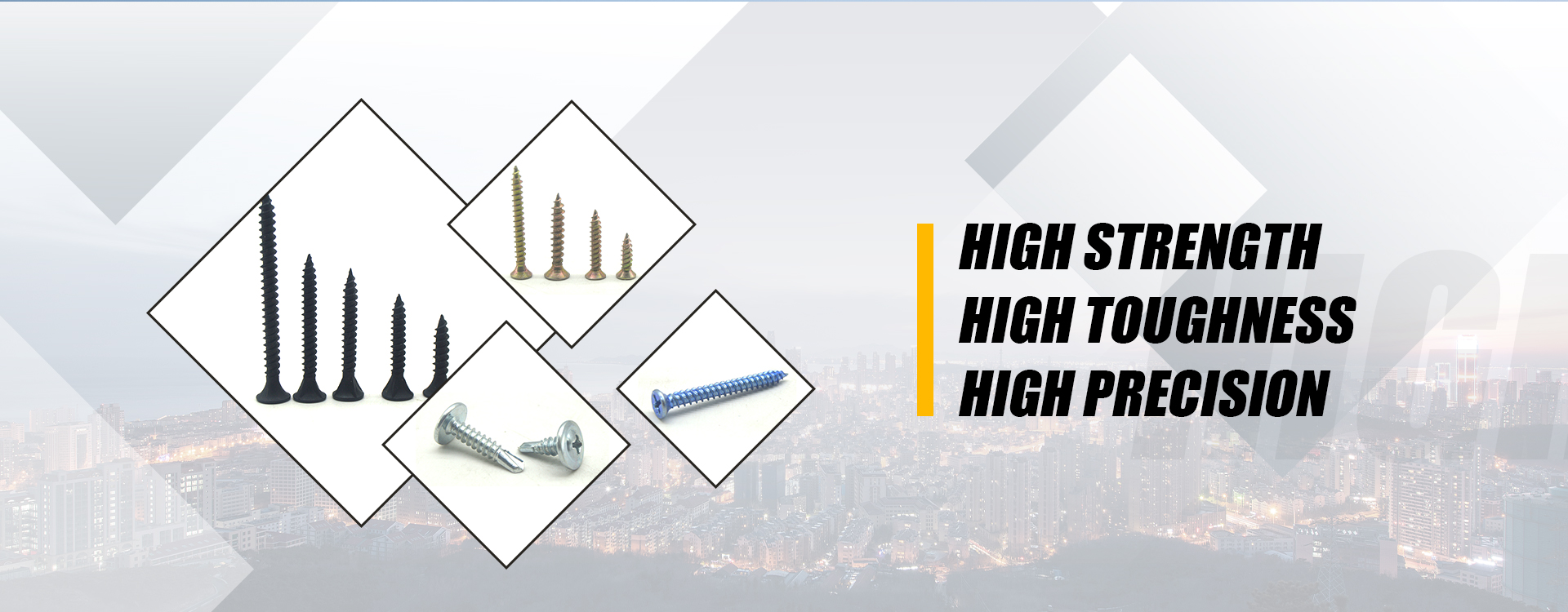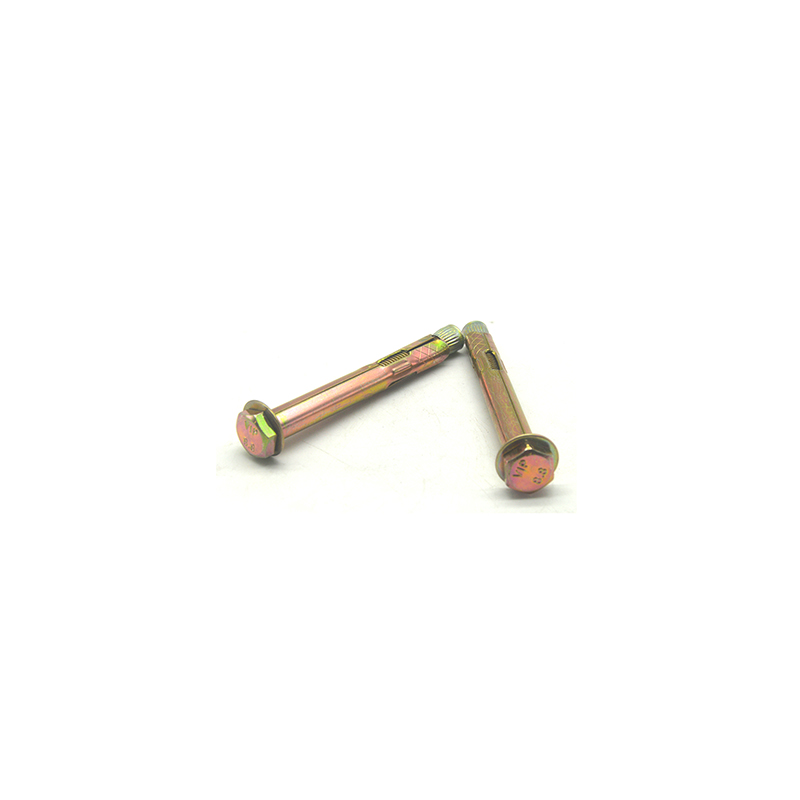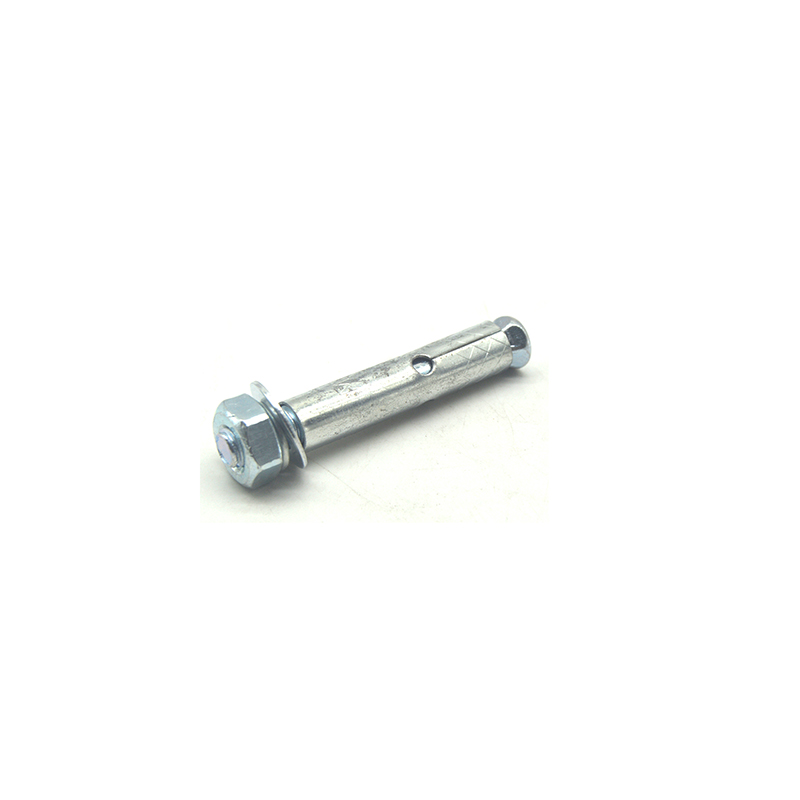- English
- Chinese
- French
- German
- Portuguese
- Spanish
- Russian
- Japanese
- Korean
- Arabic
- Irish
- Greek
- Turkish
- Italian
- Danish
- Romanian
- Indonesian
- Czech
- Afrikaans
- Swedish
- Polish
- Basque
- Catalan
- Esperanto
- Hindi
- Lao
- Albanian
- Amharic
- Armenian
- Azerbaijani
- Belarusian
- Bengali
- Bosnian
- Bulgarian
- Cebuano
- Chichewa
- Corsican
- Croatian
- Dutch
- Estonian
- Filipino
- Finnish
- Frisian
- Galician
- Georgian
- Gujarati
- Haitian
- Hausa
- Hawaiian
- Hebrew
- Hmong
- Hungarian
- Icelandic
- Igbo
- Javanese
- Kannada
- Kazakh
- Khmer
- Kurdish
- Kyrgyz
- Latin
- Latvian
- Lithuanian
- Luxembou..
- Macedonian
- Malagasy
- Malay
- Malayalam
- Maltese
- Maori
- Marathi
- Mongolian
- Burmese
- Nepali
- Norwegian
- Pashto
- Persian
- Punjabi
- Sesotho
- Sinhala
- Slovak
- Slovenian
- Somali
- Samoan
- Scots Gaelic
- Shona
- Sindhi
- Sundanese
- Swahili
- Tajik
- Tamil
- Telugu
- Thai
- Ukrainian
- Urdu
- Uzbek
- Vietnamese
- Welsh
- Xhosa
- Yiddish
- Yoruba
- Zulu
- Kinyarwanda
- Tatar
- Oriya
- Turkmen
- Uyghur

саморезни вијци са равном главом од нерђајућег челика
Практични водич за самоурезне завртње са равном главом од нерђајућег челика
Самоурезни шрафови са равном главом од нерђајућег челика су основни алат и у професионалним иу комплетима алата за сам уради сам. Ипак, многи људи погрешно схватају њихову прецизну употребу, бирајући алтернативе не схватајући предности које би могли да пропусте. Пошто сам провео довољно времена на разним градилиштима, почео сам да ценим ове шрафове због онога што заиста јесу — свестрани радни коњи.
Разумевање основа самоурезних вијака са равном главом
За почетак, хајде да разложимо шта чини саморезни вијци са равном главом од нерђајућег челика тако значајно. Дизајн са равном главом омогућава да шраф стоји у равни са површином, што је идеално за пројекте где је потребна глатка завршна обрада. Ово је нешто што често занемарују почетници који би могли да зграбе све што је доступно, не схватајући да други стилови могу оставити неравнине и нарушити коначни изглед.
Функција самоурезивања значи да ови шрафови могу да урезују сопствени навој, што их чини посебно корисним за додавање компоненти металним конструкцијама без потребе за претходно избушеном рупом. Сећам се специфичног пројекта где је ово уштедело сате рада - постављали смо серију металних панела на висини, а минимизирање путовања горе-доле је било кључно.
Међутим, постоји заједничка замка. Неки претпостављају да сви вијци за самопрезивање раде наизменично. Један колега уговарач је једном одлучио да користи ове шрафове на ломљивој пластици, мислећи да ће они бити једнако добри. Резултат је био предвидљив: пукотине свуда. То је солидан подсетник да је компатибилност материјала кључна.
Примене и предности у различитим индустријама
Осим конструкције, ови шрафови су нашли улогу у аутомобилској, па чак и ваздухопловној примени, захваљујући својој издржљивости и отпорности на корозију. Композиција од нерђајућег челика отпорна је на рђу, за коју сам на тежи начин научио да је непроцењива. На пројекту на отвореном у близини обале, алтернативни шрафови су почели да кородирају у року од неколико недеља, што је довело до тога да их заменимо - скупа лекција.
Када радите у окружењима изложеним влази или хемикалијама, као што су постројења за прераду хране, избор је једноставан. Отпорност нерђајућег челика значи да ови завртњи могу да се носе са изазовима тамо где други не би успели. У ствари, Хандан Схенгтонг Фастенер Мануфацтуринг Цо., Лтд., са седиштем у граду Хандан, има репутацију по производњи ових висококвалитетних затварача прилагођених тако захтевним ситуацијама.
Ни разноврсност није случајна. Посетивши Схенгтонгову локацију, можете ценити инжењеринг који иде у њихове линије производа. Они пажљиво набављају материјале како би осигурали да њихови причвршћивачи остану поуздани под оптерећењем.
Савети и трикови за инсталацију са терена
Права уметност долази у инсталацији. За оне који тек почињу да користе саморезне завртње са равном главом, мој савет је једноставан, али кључан: немојте журити. Почните са спорим и стабилним окретањем како бисте омогућили да шраф загризе, а затим постепено повећавајте брзину. Ово спречава пуцање и обезбеђује чвршће држање, нешто што се често научи из фрустрације сломљених делова или неусклађених уређаја.
Разумевање подешавања обртног момента такође може побољшати перформансе. Сећам се да сам калибрирао своје алате посебно за ове завртње током помне фазе унутрашњег опремања, обезбеђујући да је сваки панел савршено постављен. Ти мали детаљи чине приметну разлику у квалитету.
Још један занемарен фактор је одабир правог одвијача или бургије. Нису сви битови компатибилни, а употреба алата који не одговара може да скине диск, чинећи шраф неупотребљивим. Улагање у алате доброг квалитета се дугорочно исплати, слично као и одабир поузданих шрафова од реномираног добављача као што је Схенгтонг.
Нерђајући челик наспрам других материјала: упоредни увид
Зашто онда изабрати самоурезне вијке са равном главом од нерђајућег челика у односу на друге материјале? Наравно, трошак се узима у обзир. Нерђајући челик се у почетку може чинити скупљим, али с обзиром на дуговечност и одржавање, често се покаже да су економичнији.
Ако погледамо ово, минимално одржавање потребно за нерђајући челик може бити јак аргумент, посебно у индустријским окружењима где је време застоја скупо. Алтернативе од угљеничног челика могу бити јефтиније краткорочно, али често захтевају редовне провере и замене због рђе - што се стално повећава.
По мом искуству, посебно за инсталације изложене елементима, нерђајући челик се не може преговарати. Управо је ова поузданост навела компаније као што је Хандан Схенгтонг да се усредсреде на решења од нерђајућег челика, испуњавајући растућу потражњу за робусним и трајним затварачима.
Студије случаја из стварног света: успеси и неуспеси
Сусрео сам се са разним сценаријима који илуструју и заслуге и грешке које укључују ове шрафове. Један стамбени грађевинар је једном користио завртње од нерђајућег челика из Хандан Схенгтонга за дрвене подове, што је био паметан потез. Избегао је страшне трагове рђе уобичајене за мање отпорне материјале.
Са друге стране, контакт производног погона покушао је да замени ове завртње обичним челиком за кућиште машина, верујући да ће то смањити трошкове. Нажалост, корозија која је уследила довела је до механичких кварова, наглашавајући стару пословицу: штедите на квалитету, платите касније.
У суштини, избор шрафова игра кључну улогу у интегритету пројекта. Реномирани произвођачи као што је Хандан Схенгтонг Фастенер Мануфацтуринг Цо., Лтд. (проверите њихов сајт на ввв.схенгтонгфастенер.цом) препознају ову потребу, нудећи квалитетне причвршћиваче који осигуравају безбрижност.
Релатед производи
Повезани производи
Најпродаванији производи
Најпродаванији производи-
 Шестоугаоно само-бушење
Шестоугаоно само-бушење -
 Боја прирубница Болт
Боја прирубница Болт -
 Пан глава самопрезивање
Пан глава самопрезивање -
 Самонарезивање главе бугле у боји
Самонарезивање главе бугле у боји -
 Шестоугаони подни анкер вијак
Шестоугаони подни анкер вијак -
 Хексагонална матица високе чврстоће
Хексагонална матица високе чврстоће -
 Навртка прирубнице
Навртка прирубнице -
 Бели клин Болт
Бели клин Болт -
 Шраф за гипсане зидове
Шраф за гипсане зидове -
 Пластична експанзија жуте цеви
Пластична експанзија жуте цеви -
 Бели експанзиони вијци са рупама
Бели експанзиони вијци са рупама -
 Праволинијско откопчавање
Праволинијско откопчавање









